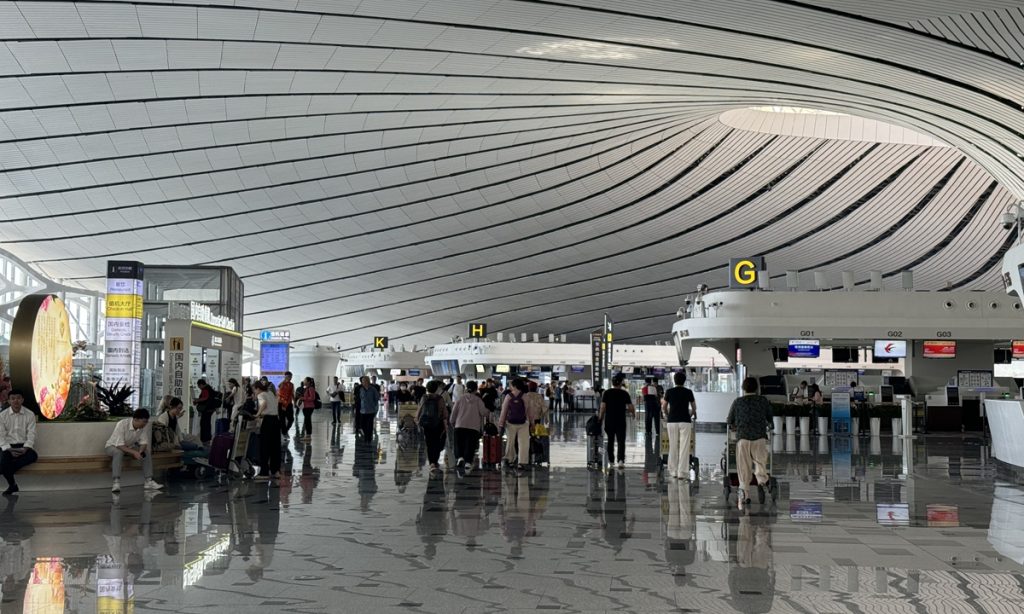Visa-free policy boosts flights by more than 20%, says CAAC

The visa-free policy introduced by the Chinese government has boosted passenger flights by more than 20 percent, the Civil Aviation Administration of China (CAAC) said on Friday.
In the second quarter, the number of scheduled passenger flights to Malaysia, Spain, Hungary, Belgium, Austria, Switzerland, Poland, Kazakhstan and other countries that have implemented visa-free policies increased by more than 20 percent, Xu Qing, an official from the CAAC said at a press conference on Friday.
In addition, since the second quarter, Chinese and foreign airlines have launched or resumed passenger routes from China to six countries - Bahrain, Cuba, Brazil, the Czech Republic, Mexico, and Ireland - further broadening China's international route network, Xu added.
Currently, 38 ports in 18 provincial-level regions throughout China offer visa-free transit policies for 72 or 144 hours to nationals from 54 different countries.
In the first six months of this year, China saw foreign arrivals increase to 14.64 million, according to the National Immigration Administration (NIA) on July 5.
The NIA said from January to June, the figure for visa-free entries by foreigners topped 8.54 million, accounting for 52 percent of the inbound trips and representing a year-on-year surge of 190.1 percent.
The CAAC said China's international air passenger transport market continues to recover, with flight numbers reaching roughly 80 percent of the level in 2019 for five consecutive months since February of this year. From July 1 to 7, Chinese and foreign airlines operated a total of 6,045 international passenger flights.
Currently, China operates flight services to a total of 72 overseas countries. The number of passenger flights from China to 30 countries including the UK and the United Arab Emirates has exceeded the 2019 level, and flights to seven countries including Egypt and Saudi Arabia have more than doubled the level in 2019.
The CAAC said the industry is expecting international travel to remain strong over the summer, and the most popular routes will continue to be concentrated in surrounding traditional tourism markets such as Japan, South Korea, and Southeast Asian countries.